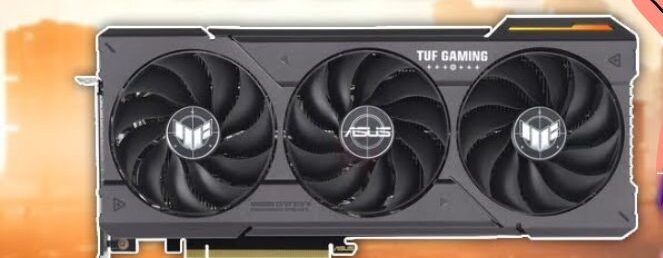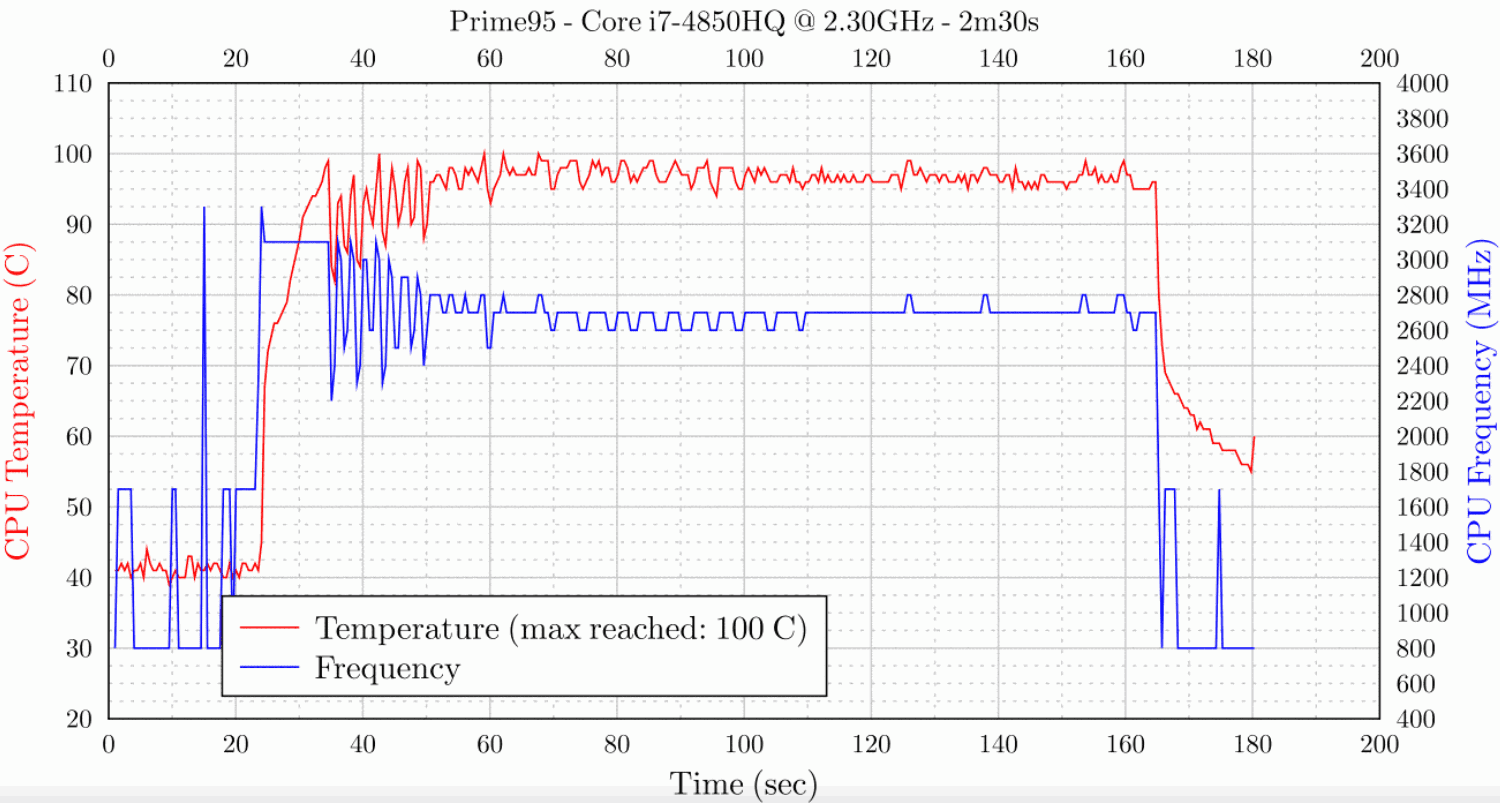
You may have heard of crypto mining, the process of using your computer’s power to earn cryptocurrencies, such as Bitcoin, Ethereum, or Dogecoin. Crypto mining can be a fun and rewarding hobby or a serious and profitable business, depending on how you do it and what you mine. But before you start mining, you may wonder: Does crypto mining damage your PC?
This is a valid and important question to ask, as crypto mining can have some negative effects on your PC hardware. Crypto mining can put a lot of stress on your CPU, GPU, RAM, and other components, which can cause them to overheat, wear out, or even break down. Crypto mining can also increase your electricity consumption and costs, as well as expose you to cyberattacks or malware.
In this article, we will explain how crypto mining can damage your PC and what you can do to protect your hardware from the stress of mining. We will also provide some tips and best practices for optimizing your mining efficiency and profitability.
Contents
Does crypto mining damage your PC?
The answer to this question is not straightforward.
Crypto mining can damage your PC if it is done incorrectly or excessively. For example, if you use the wrong settings, run your miner at full speed or load for a long time, and have insufficient cooling or airflow. These factors can lead to overheating, performance degradation, or permanent damage.
Crypto mining does not damage your PC if you do it correctly and carefully. For example, you can lower the power consumption and heat output of your PC by using tools like MSI Afterburner to adjust the power limit and fan speed of your GPU. You can also use software like NiceHash or QuickMiner to optimize your mining settings and choose the most profitable coins to mine. You can also monitor your PC’s temperature and performance using tools like HWMonitor or SpeedFan.
Crypto mining may reduce the lifespan of your PC hardware, but it does not necessarily damage it. It depends on how you set up and maintain your PC and how often and how long you mine.
How Crypto Mining Can Damage Your PC
The main component that crypto mining affects is the GPU (graphics processing unit), which is responsible for rendering graphics and performing parallel computations. Crypto mining requires a lot of GPU power, as it involves solving complex cryptographic puzzles that are hard to crack but easy to verify.

When you mine with your GPU, you put it under a lot of stress and heat. This can cause your GPU to wear out faster than normal, as it consumes more power and generates more heat. The heat can also affect other components of your PC, such as the CPU (central processing unit), the RAM (random access memory), the motherboard, and the fans.
So you should measure the impact of crypto mining on your PC to avoid risks. To do this you need to look at the hash rate, which is the number of hashes (solutions) produced each second. A higher hash rate means a higher mining performance and reward, but also a higher power consumption and heat output.
In general, it is seen that crypto mining can reduce the lifespan of your GPU by 10% on average. However, this depends on the quality and durability of your GPU, as well as the cooling system and ventilation of your PC. Some GPUs are designed for gaming or professional use and can handle higher temperatures and loads better than others.

Another factor that can affect your GPU lifespan is the overclocking settings you apply. Overclocking is the process of increasing the clock speed and voltage of your GPU to boost its performance. However, this also increases its power consumption and heat output, which can damage your GPU if done excessively or improperly.
Desktop or Laptop for Crypto Mining: Which Option is Safer for Your PC?
If you are wondering whether you should use a desktop computer or a laptop for crypto mining, there are some advantages and disadvantages to consider for each option.
Desktop computers are usually better for crypto mining than laptops in terms of durability and profitability. Desktop computers have more powerful and customizable hardware components that can handle higher loads and temperatures better than laptops. They also have more space for cooling systems and fans, which can prevent overheating and thermal throttling.
Desktop computers also have an advantage when it comes to scalability and profitability. Because each desktop computer can operate with many graphic cards on the same motherboard, desktop mining can achieve higher hash rates and earn more rewards than laptop mining. A laptop computer, on the other hand, can only use one GPU, which limits its mining performance and efficiency.
However, desktop computers also have some drawbacks for crypto mining. They are more expensive and consume more electricity than laptops, which can affect your mining profitability and environmental impact. They are also less portable and flexible than laptops, which can limit your mobility and accessibility.
Laptops are not ideal for crypto mining, but they are not impossible either. Laptops can offer some benefits for crypto mining, such as portability, flexibility, and lower power consumption. Laptops can also be used for other purposes besides mining, such as gaming, work, or entertainment.
However, laptops also have some challenges for crypto mining. They have weaker and less customizable hardware components than desktop computers, which can reduce their mining performance and lifespan. They also have less space for cooling systems and fans, which can increase their risk of overheating and damage.
Laptops are also more difficult to scale and upgrade than desktop computers. Because laptops can only use one GPU, laptop mining cannot achieve high hash rates and rewards as desktop mining. Laptops also have limited battery life and require frequent charging, which can interrupt your mining operation.
How to Optimize Your PC for Crypto Mining
The good news is that you can optimize your PC for crypto mining by using proper settings, tools, and maintenance. Here are some tips to help you protect your hardware while boosting your profits:
- Use a dedicated GPU for mining: If possible, use a separate GPU for mining and another one for gaming or other tasks. This way, you can avoid overloading your primary GPU and reduce its wear and tear.
- Lower the power limit of your GPU: You can use a tool like MSI Afterburner to lower the power limit of your GPU by about 70%-80%. This will reduce its power consumption and heat output, without affecting its performance too much. You can find other overclocking settings that can help you optimize your GPU for mining.
- Monitor the temperature of your GPU: You can use a tool like HWMonitor to check the temperature of your GPU and other components while mining. Ideally, you want to keep your GPU temperature below 80°C (176°F), as higher temperatures can cause thermal throttling or damage. You can also set up alerts or automatic actions if your GPU temperature exceeds a certain threshold.
- Improve the cooling system and ventilation of your PC: You can use additional fans, liquid cooling systems, or external coolers to improve the airflow and cooling of your PC. You should also clean your PC regularly from dust and debris that can clog up the fans and vents. Moreover, you should avoid placing your PC in a hot or humid environment, or near other heat sources.
- Replace the thermal paste and pads of your GPU: Over time, the thermal paste and pads that transfer heat from your GPU to the heatsink can dry out and lose their effectiveness. You can replace them with new ones every few months to improve the thermal conductivity and cooling of your GPU.
Related: Is RTX 4060 Ti good for gaming?
Conclusion: Does Crypto Mining Damage Your PC?
In conclusion, crypto mining is the process of using your PC’s power to earn cryptocurrencies by solving complex math problems and verifying transactions on a blockchain network. Crypto mining can be a fun and rewarding hobby or a serious and profitable business, depending on how you do it and what you mine.
Crypto mining can put a lot of stress on your PC’s components, such as CPU, GPU, RAM, and others. But, crypto mining can also be done safely and efficiently if you follow some best practices and precautions.
Ultimately, the answer to the question “Does crypto mining damage your PC?” depends on your choice. You need to balance the costs and benefits of crypto mining and decide whether it is worth it for you. You also need to keep yourself updated on the latest trends and developments in the crypto market and the mining industry.
Thank you for reading this article. I hope you found it informative and interesting. If you have any questions or comments, please feel free to share them with me. I’d love to hear your thoughts on crypto mining and its effects on your PC hardware. 😊

Hey there! I’m Kuldeep Kumar, and tech is my jam. From the mind-blowing world of AI to the thrilling battlegrounds of cybersecurity, I love exploring every corner of this amazing world. Gadgets? I geek out over them. Hidden software tricks? Bring ’em on! I explain it all in clear, bite-sized chunks, laced with a touch of humor to keep things sparky. So, join me on this tech adventure, and let’s demystify the wonders of technology, one blog post at a time.
